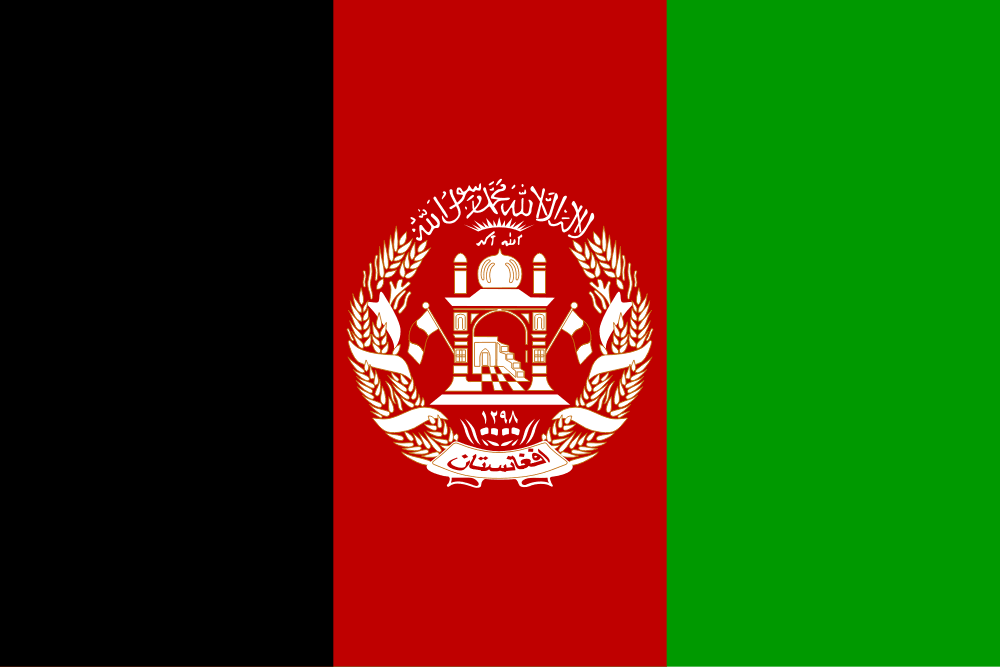In three years, the Taliban have destroyed all 20 years of education
After the withdrawal of U.S. troops from Afghanistan in August 2021, the Taliban rapidly regained control of the country and the government in Kabul. Despite initial promises to respect human rights, the Taliban steadily reimposed its strict interpretation of sharia-based law on the country, including public executions, amputations, and flogging. Since the takeover, those living under Taliban rule have witnessed the regression and reversion of any gains in liberal and democratic rights and freedoms over the last twenty years. The Taliban has imposed harsh restrictions on women’s rights to education, employment, free speech and movement, and dress. Women who have protested have been harassed, threatened, detained, arrested, tortured, and forcibly disappeared. Meanwhile, Afghanistan continues to face one of the world’s worst humanitarian crises, exacerbated by devastating economic shocks and the worsening effects of climate change. These factors have caused widespread displacement, poverty, and food insecurity; an estimated 23.7 million Afghans required humanitarian aid as of February 2024. The Islamic State of Khorasan Province (ISKP), the Afghan affiliate of the Islamic State, also continues to target civilians through bombings and other attacks, contributing to ongoing instability and conflict. Background The Taliban, a Sunni Islamic fundamentalist and predominantly Pashtun movement, controlled most of Afghanistan from 1996 to 2001. In October 2001, U.S. and allied forces invaded the country and quickly ousted the Taliban regime following its refusal to hand over terrorist leader Osama bin Laden in the wake of al-Qaeda’s 9/11 attacks. Following the U.S.-led invasion, Taliban leadership relocated to southern Afghanistan and across the border to Pakistan, from where they waged an insurgency against the Western-backed government in Kabul, Afghan national security forces, and international coalition troops. When the U.S.-led coalition formally ended its combat mission in 2014, the Afghan National Defense and Security Forces (ANDSF) was put in charge of Afghanistan’s security; however, the forces faced significant challenges in holding territory and defending population centers. The Taliban continued to attack rural districts and carry out suicide attacks in major cities, with the ANDSF suffering heavy casualties. The war largely remained a stalemate for nearly six years, despite a small U.S. troop increase in 2017, continuing combat missions, and a shift in U.S. military strategy to target Taliban revenue sources, which involved air strikes against drug labs and opium production sites. The Taliban briefly seized the capital of Farah Province in May 2018, and, in August 2018, it captured the capital of Ghazni Province, holding the city for nearly a week before U.S. and Afghan troops regained control. In February 2020, after more than a year of direct negotiations, the U.S. government and the Taliban signed a peace deal, the so-called Doha Agreement [PDF], that set a timeline for the withdrawal of U.S. troops from Afghanistan. Under the agreement [PDF], the United States pledged to draw down U.S. troops to approximately 8,500 within 135 days and complete a full withdrawal within fourteen months. In return, the Taliban pledged to prevent territory under its control from being used by terrorist groups and to enter negotiations with the Afghan government. However, no official ceasefire was put in place. After a brief reduction in violence, the Taliban quickly resumed attacks on Afghan security forces and civilians. Direct talks between the Afghan government and the Taliban began months after the agreed-upon start of March 2020; however, the negotiations faced multiple delays and ultimately made little progress. Violence across Afghanistan continued in 2020 and 2021 as the United States increased air strikes and raids targeting the Taliban. The Taliban, in turn, attacked Afghan government and ANDSF targets and made significant territorial gains. Civilian casualties across Afghanistan have remained high over the past several years. The United Nations documented a then–record high of 10,993 civilian casualties in 2018. Although 2019 saw a slight decline, civilian deaths and injuries exceeded ten thousand for the sixth year in a row, bringing the total UN-documented civilian casualties from 2009 to 2020 to more than one hundred thousand. Despite another slight decline that year, the first half of 2021 saw a record-high number of civilian casualties as the Taliban ramped up their military offensive amid the withdrawal of international troops. In addition to the Taliban’s offensive, Afghanistan faces a threat from the Islamic State in Khorasan (ISIS-K), which has also expanded its presence to several eastern provinces, increased its activity in Kabul, and targeted civilians with suicide attacks. In April 2021, U.S. President Joe Biden announced that U.S. military forces would leave Afghanistan by September 2021. The Taliban, which had continued to capture and contest territory across the country despite ongoing peace talks with the Afghan government, ramped up attacks on ANDSF bases and outposts and began to rapidly seize more territory. In May 2021, the U.S. military accelerated the pace of its troop withdrawal. By the end of July 2021, the United States had completed nearly 95 percent of its withdrawal, leaving just 650 troops to protect the U.S. embassy in Kabul. In the summer of 2021, the Taliban continued its offensive, threatening government-controlled urban areas and seizing several border crossings. In early August, the Taliban began direct assaults on multiple urban areas, including Kandahar in the south and Herat in the west. On August 6, 2021, the Taliban captured the capital of southern Nimruz Province, the first provincial capital to fall. After that, provincial capitals began to fall in rapid succession. Within days, the Taliban captured more than ten other capitals, including Mazar-i-Sharif in the north and Jalalabad in the east, leaving Kabul the only major urban area under government control. On August 15, 2021, over two weeks before the official U.S. withdrawal deadline, Taliban fighters entered the capital. Afghan President Ashraf Ghani subsequently fled the country and the Afghan government collapsed. Later that same day, the Taliban announced they had entered the presidential palace, taken control of Kabul, and were establishing checkpoints to maintain security. The speed of the Taliban’s territorial gains and the collapse of both the ANDSF and Afghan government surprised U.S. officials and allies—as well as, reportedly, the Taliban itself—despite earlier intelligence assessments of the situation on the ground. Following the Taliban’s take-over on August 15, 2021, the Biden administration authorized the deployment of an additional five thousand troops to assist with the evacuation of U.S. and allied personnel, as well as thousands of Afghans who worked with the United States and were attempting to flee. On August 26, 2021, two suicide bombings outside the Kabul airport killed at least 169 Afghans and thirteen U.S. troops. ISIS-K claimed responsibility for the attacks. August 26, 2021, was the deadliest day for U.S. troops in Afghanistan since 2011. On August 31,


